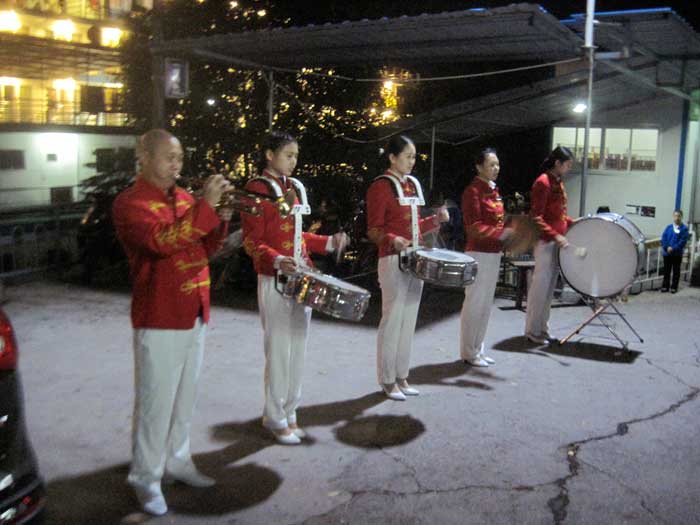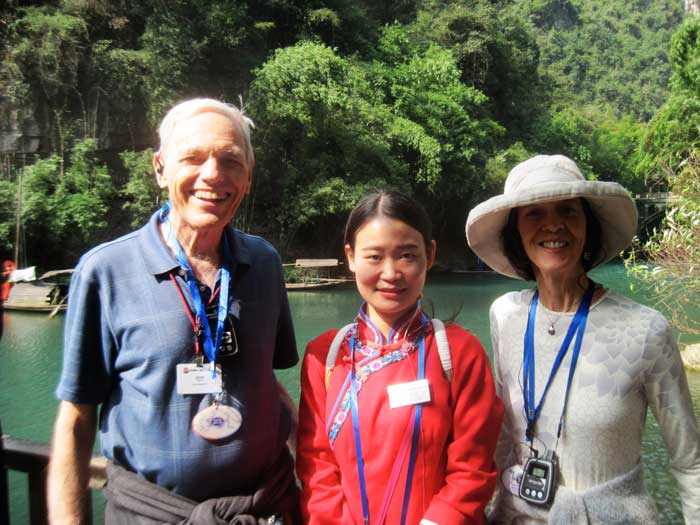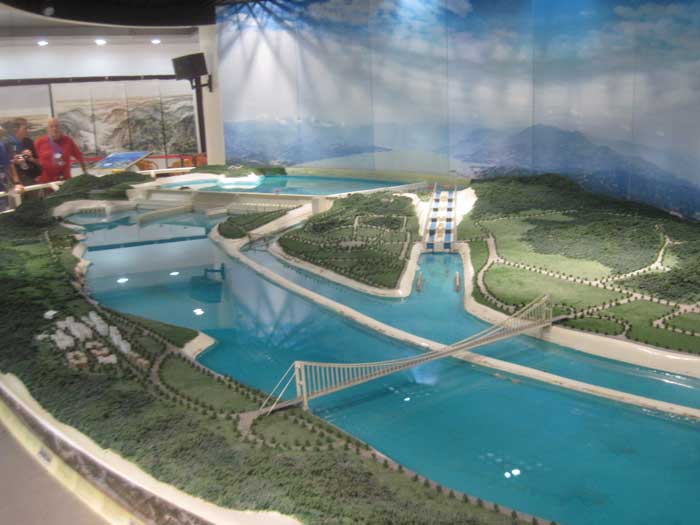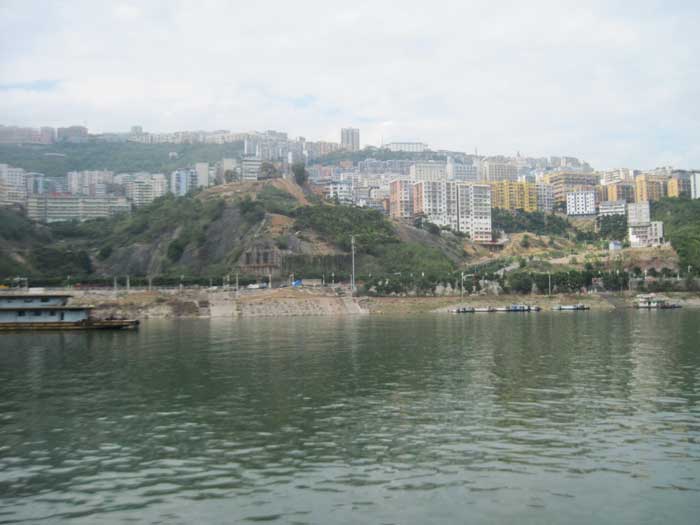Yangtze River
The Yangtze River is the longest river in Asia and the third longest in the world at 3,964 miles. (Amazon 1st, Nile 2nd, Yangtze 3rd, Mississippi 4th)
Like the Mississippi River, which divides America into east and west, the Yangtze splits this huge country into north and south. The China north of the river is mostly grain country, the people farmers, its past military, its winters cold and snowy. Toward the south, the climate becomes steadily warmer and wetter, the lush green of rice paddies taking over where the golden fields of grain leave off and, near the border and the sea, the outside world begins to make its presence felt.
A fascinating book, The River at the Center of the World: A Journey Up the Yangtze and Back in Chinese Time by Simon Winchester, talks about his journey the entire length of the Yangtze. The journey was in the mid 1990s, and, of course, many changes in China have taken place since then.
The old China hands say the real life of China is in its villages. Most of the population, more than 800 million Chinese, live outside the country’s major cities. The riverboats of the Yangtze put visitors in touch with the China many seek and few find, the backcountry China of Pearl Buck’s novels and Mao Tse Tung’s Long March. China is still a land of peasants and theirs is a hardscrabble life that has little in common with the fashionable women seen on the streets of Shanghai or the well-spoken idealistic students of Beijing.
Yangtze River cruise
From the airport at Yichang, we boarded a bus to the dock on the river, where we were welcomed by a 5-piece “band” as we boarded a river boat for our four day cruise. It was hokey and touristy, but fun, nonetheless, to march along in front of them to the boat.


Monday October 17
Happy Birthday Suzanne! She received a surprise birthday card from Vanessa Smyth signed by John’s Objectivist Traveler friends. Later she received a birthday card from Sally, signed by everyone on the tour. Sally also presented her with a birthday gift, a very nice bookmark.

Here is the view from our stateroom. It was very private.

We ate our meals on tables of 10, just like lunch and dinner at all the hotels.

Along the way on our river cruise, we would stop and take side trips. On our first morning we took a tour of the Tribe of Three Gorges, with Zoe, our local guide.

Three Gorges Dam
The Three Gorges Dam Project is the largest water conservancy project ever built. The dam is nearly 4 times larger than Hoover Dam. The construction of the dam began formally in 1994, with years of planning and politics before then, and was operational in 2003 and fully completed in 2009.
The dam is designed to serve three main purposes: flood control, hydroelectric power production, and navigational improvement.
The Three Gorges Dam continues to be enormously controversial as many questions about the relocation of 1.3 million people, preservation of historical and archaeological sites, water pollution, accumulation of silt, and the structure’s stability remain.
We went to the visitors center to see a model of the dam and locks (1st picture), and then to the top of a hill to view the dam and the locks. There were escalators to take us up and down the hill.



Staircase Locks
Ships must be lifted or lowered over 300 feet to transit around the dam. Because of this height, the water pressure required for a single lock would be too much for one gate to withstand. Instead, the dam uses five locks, each raising or lowering the vessel about 65 feet.
The two sets of staircase locks, one moving downstream and the other upstream, each consist of five stages and each can handle vessels weighing up to 10,000 tons.
That afternoon we started going through the 5-step locks at the Three Gorges Dam. It took several hours, and we finished late that night. They put as many boats in the lock as they can. We were so close that I was able to touch the side of the lock from our boat. It was a little slimy feeling from the moss and anything that was in the river water from the boats.




That night they were playing some nice swing dance music, so we took advantage of the nice dance floor. We were the only ones who danced. We received applause when we finished.


Tuesday October 18
Scenes along the river. We sailed through several named gorges – Xiling Gorge, Wu Gorge, and Qutang Gorge.








We took a ferry boat excursion to the Shennong Stream, where we saw a performance – drums, singing, and stories – about the life of local natives.
Wednesday October 19
We visited a displaced farmer (displaced by the reservoir behind the dam) who told his story. As we were leaving, we saw a 93-year old man making sandals. Suzanne bought a pair.



That night we had a Captain’s farewell dinner.
To continue our trip, go to the Chongqing page.
